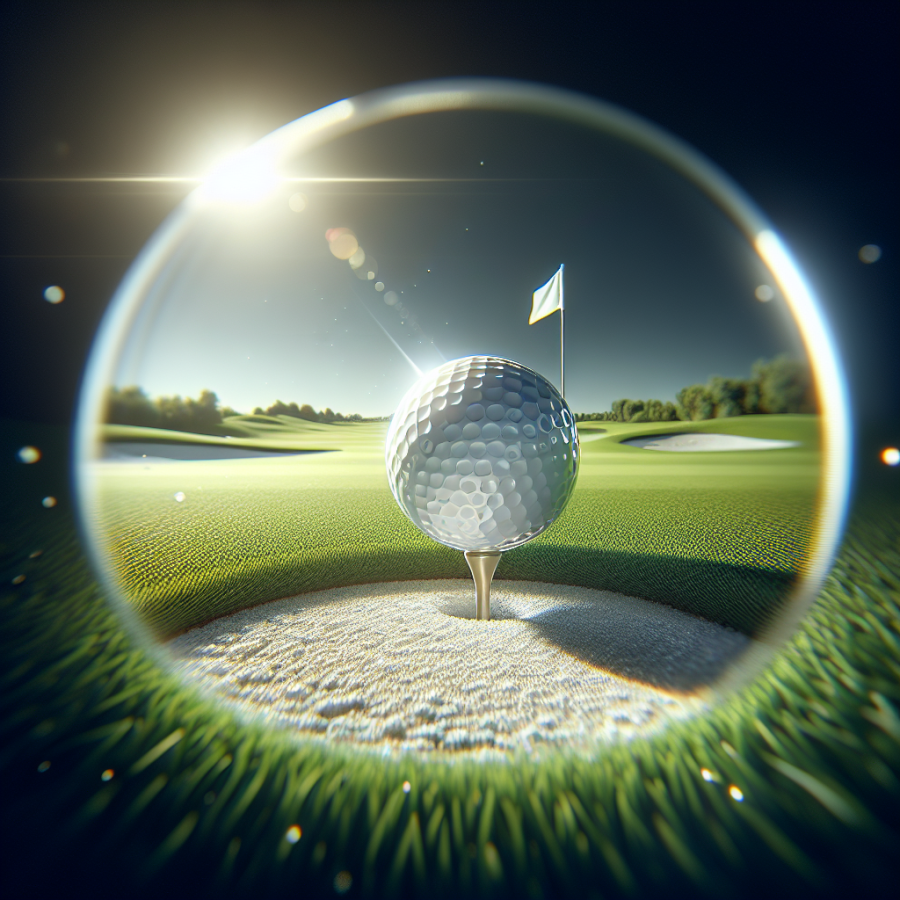The Role of Golf Club Design and Player Technique in Ball Direction
In an endeavor to understand the intriguing physics behind the occasional diversion of a golf ball to the left, we must delve into multiple elements instrumental to golf, particularly golf club design and player techniques. Both fractional aspects play a pivotal part in determining the direction of a golf ball.
It is imperative to note from the onset that no two golf clubs are the same. These variations occur because club designs are primarily contingent on the intended handicap, skill level, and preference of the player. Most notably, the golf club design, particularly the loft, lie angle, and clubface, significantly affects the ball's direction.
The loft of the golf club affects the launch angle of the ball - how high and how far the ball can travel. A club with a higher degree of loft will send the ball higher into the air and typically to the left for right-handed players. This is because a clubface with a high loft also has a greater chance for side spin, which can cause the ball to curve in the air.
The lie angle of the golf club, which is the angle between the centerline of the club shaft and the sole of the clubhead, is also instrumental in ball direction. If the lie angle is too upright (the toe of the club is above the heel), the clubface will point to the left of the target for a right-handed golfer, resulting in a shot that tends to pull to the left. Conversely, if the lie angle is too flat (the toe of the club is lower than the heel), the clubface will point right of the target, pushing the ball towards the right.
Moreover, the clubface's angle at impact significantly influences the direction of the ball. If, at the moment of impact, the clubface is open (pointing to the right for a right-handed player), the ball will likely venture to the right. However, if the clubface is closed and points to the left at impact, the ball will likely head to the left.
Apart from golf club design, player technique also plays a crucial role in ball direction. The swing path and grip are two influential factors. A golf swing comprises several elements that must work in harmony to deliver an optimal shot. If the swing path or plane is out-of-balance, it can lead the clubface to open or close at impact, altering the ball's direction.
Read also:
Unlocking Peak Performance: A Comprehensive Guide to Sports Nutrition
Understanding the Influence of Spin and Air Pressure on a Golf Ball’s Trajectory
Understanding the different factors that can cause a golf ball to change direction can be useful to any golfer looking to improve their swing and overall gameplay. Among these factors are spin and air pressure, which significantly affect a golf ball's trajectory and can explain why a ball sometimes goes left.
Golf balls are designed with dimples to influence their flight once they are launched into the air. These dimples create turbulence in the air surrounding the ball, which reduces air drag and allows the ball to fly further. But aside from increasing the ball's distance, this design also makes the golf ball more susceptible to spin and changes in air pressure.
Spin plays a huge role in determining the direction a golf ball will take. When a right-handed golfer hits the ball with an angled clubface, the ball spins to the left, causing it to hook or draw to the left. Conversely, when the clubface is angled to the right at impact, the ball spins to the right, causing a slice or fade to the right. This behavior is known as the Magnus effect, where the spin of an object affects its path while moving through the air.
The loft of the club also contributes to the ball's spin. Using a club with higher loft results in increased backspin and less sidespin, reducing the chances of the ball going left or right unintentionally. However, if the backspin is too high, it can cause the ball to balloon into the air and reduce overall distance.
Air pressure also has a clear influence on a golf ball's trajectory. On high-altitude courses or in hot weather conditions, air pressure is lower, making the air thinner. This reduces air resistance, meaning the ball will not only travel further but may also curve less, as there is less air to influence the spin of the ball. This is why golfers often have to adjust their game and their shots to suit different weather conditions and altitudes.
Golfers can harness a good understanding of spin and air pressure to effectively control the ball’s direction and distance. By controlling the angle of the clubface at impact and selecting the right club, golfers can influence the spin of the ball to make it travel in the desired direction. Understanding how conditions like air pressure can affect the ball's trajectory can also help golfers adjust their game accordingly.
Playing golf is not just about skill and talent, but also about understanding the physics behind each shot.




